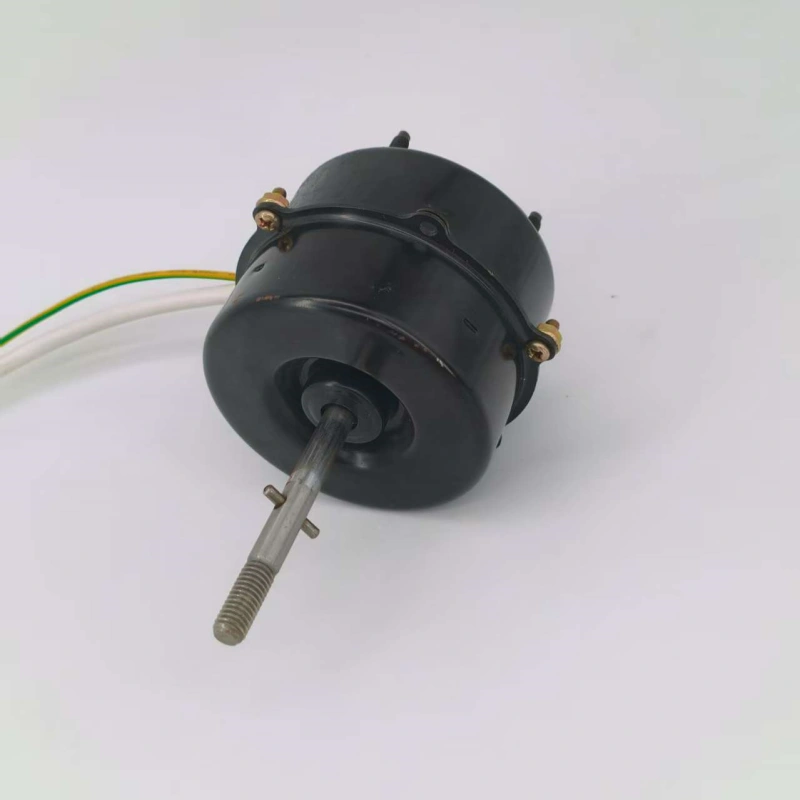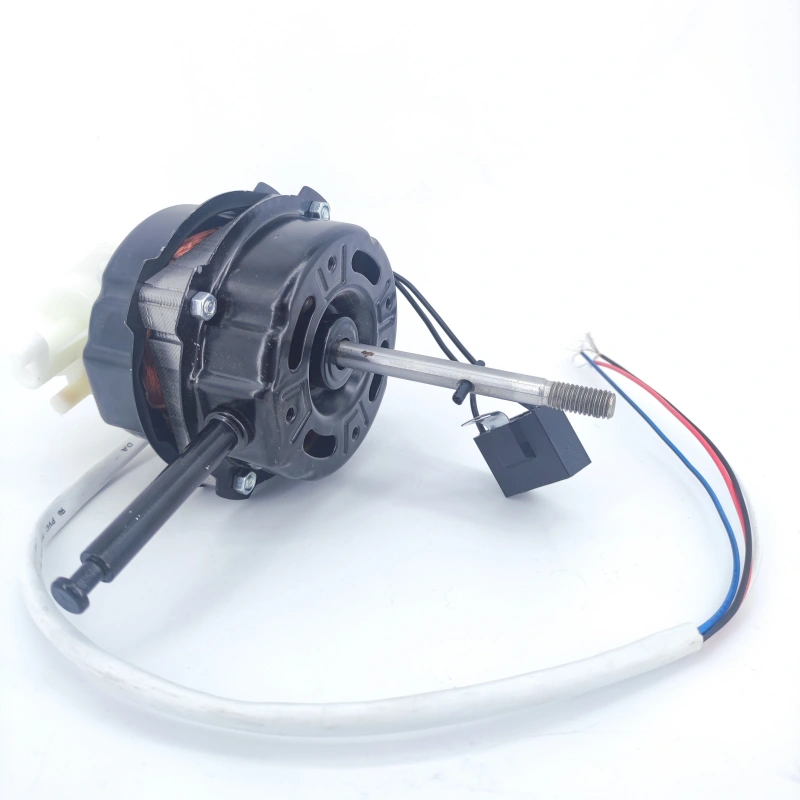The excitation mode of a DC motor directly determines its magnetic field source and operating characteristics. Clarifying the classification of different excitation modes and their performance characteristics is crucial for understanding how the motor adapts to different working conditions, and also provides an important basis for selection in practical applications.
The excitation modes of DC motors are mainly classified based on the connection relationship between the field winding and the armature winding. The common types include separately excited, shunt – excited, series – excited, and compound – excited, with significant differences in performance characteristics between each type:
First, the separately excited DC motor. Its field winding is completely independent of the armature winding. The field current is supplied by an external independent DC power source and has no connection with the armature voltage or armature current. In terms of performance characteristics, the main magnetic flux of the separately excited motor is stable and not affected by changes in the armature current. Therefore, the speed stability is high, and even if the load fluctuates, the speed change is small. At the same time, the weak – field speed increase can be achieved by independently adjusting the field current, or the smooth speed regulation below the rated speed can be realized by adjusting the armature voltage, resulting in a wide speed regulation range and high accuracy. However, this type of motor requires an additional independent excitation power source, which leads to a relatively high equipment cost. It is suitable for scenarios that have strict requirements on speed stability and speed regulation accuracy, such as the drive of precision machine tool spindles and DC tachogenerators.
Second, the shunt – excited DC motor. The field winding is connected in parallel with the armature winding across the same DC power source. The field current is determined by the power supply voltage and has no relation to the armature current. Its performance is similar to that of the separately excited motor. The main magnetic flux is relatively stable, the speed is less affected by the load, and the operating characteristics are stable. Moreover, it does not require an independent excitation power source, so the equipment structure is simpler and the cost is lower than that of the separately excited motor. However, it should be noted that if the shunt winding is suddenly disconnected, the main magnetic flux will decrease sharply, and the armature speed will increase significantly, causing a “runaway” accident. Therefore, in practical applications, a field circuit protection device must be installed. The shunt – excited motor is suitable for scenarios where the load change is small and there are certain requirements for speed stability, such as the drive of water pumps, fans, and conveyors.
Third, the series – excited DC motor. The field winding is connected in series with the armature winding, so the field current is equal to the armature current. The main magnetic flux of this type of motor changes significantly with the armature current (load): when the load increases, the armature current increases, the main magnetic flux strengthens, and the speed drops sharply; when the load decreases, the armature current decreases, the main magnetic flux weakens, and the speed increases significantly. This is the characteristic of “high speed at light load and low speed at heavy load”. At the same time, when the series – excited motor starts, the armature current is large and the main magnetic flux is strong, so it has a large starting torque and is suitable for scenarios that require starting with a heavy load. However, due to the severe speed fluctuation with the load and the tendency of “runaway” at light load, the series – excited motor is not suitable for occasions that have high requirements on speed stability. It is mainly used in equipment that requires a large starting torque and allows speed fluctuation, such as the traction motor of electric vehicles, the hoisting mechanism of cranes, and electric tools.
Fourth, the compound – excited DC motor. This type of motor has both a shunt winding and a series winding. The main magnetic flux is adjusted by the superposition of the magnetomotive forces of the two windings. It is divided into two types: cumulative compound excitation (the magnetomotive force of the series winding is in the same direction as that of the shunt winding) and differential compound excitation (the directions are opposite). Among them, the cumulative compound – excited motor is more widely used. Its main magnetic flux is mainly determined by the shunt winding (to ensure basic speed stability), and the series winding can strengthen the main magnetic flux when the load increases, thereby increasing the electromagnetic torque. It combines the advantages of the shunt – excited motor (stable speed) and the series – excited motor (large starting torque). The range of speed change with the load is between that of the shunt – excited motor and the series – excited motor. It is suitable for scenarios where the load changes greatly and both stable speed and large starting torque are required, such as ship propulsion systems and the drive of large compressors. For the differential compound – excited motor, when the load increases, the main magnetic flux weakens, and the speed increases instead, resulting in poor operating stability, so it is rarely used in practical applications.




